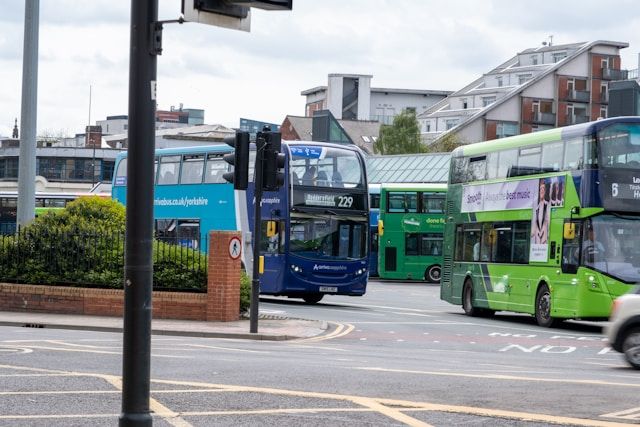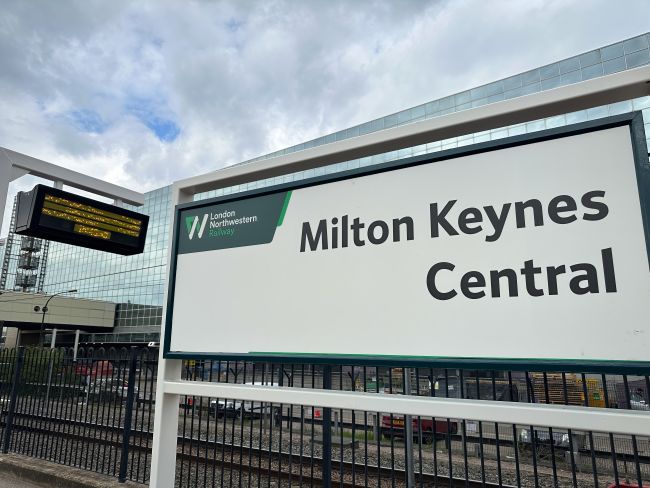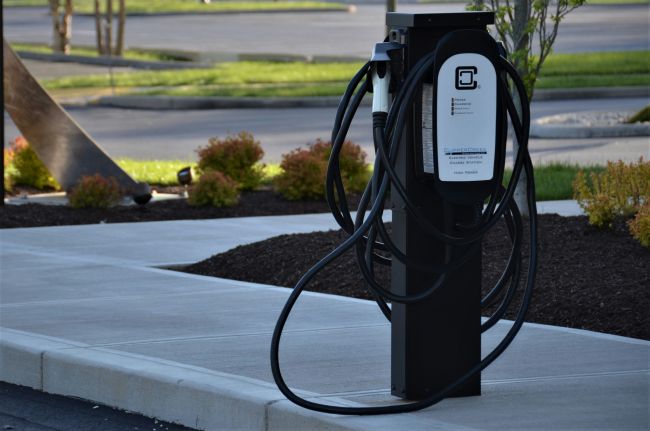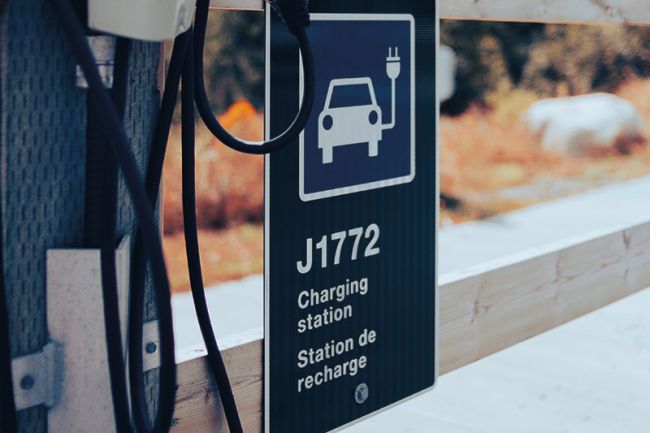Harnessing Big Data to solve mobility issues
One of the keys to improving transport efficiency is reliably predicting demand for travel.

One of the keys to improving transport efficiency is reliably predicting demand for travel, which is influenced by the state of the economy, consumer behaviors, and many other interrelated factors such as weather, politics or global health considerations. Machine-learning models trained with large amounts of historical data can help predict when and where demand will be high or low. More efficient operation, in turn, minimizes unnecessary spending.
The democratization of technology, progress in machine learning techniques, and data availability have converged toward a new era in demand forecasting. Machine learning can be used to develop more powerful predictive models that accurately predict when and under what conditions disruptions will occur. It is also used to recognize, in large datasets, long-term patterns that traditional methods could not process. Facility operators and policy-makers alike can use these insights to stop upsets before they start; to develop strategies to respond to them more quickly, such as during a pandemic; or to develop 20-year-horizon strategic plans that address the underlying behavioral patterns uncovered.
As a most recent example, the COVID-19 pandemic has impacted travel and mobility behavior in major ways, impeding our ability to assess ‘normal’ patterns. More problematic yet is understanding, with the goal of modeling what the ‘new normal’ will be. Our traditional assumptions to assess travel behavior must be modified to recognize both the short-term mobility pattern disruptions and the longer-term shifts in travel behaviors and business practices. But how?
Machine learning tasks fall within two major categories: supervised and unsupervised. In supervised learning, the goal is predicting the label (classification) or response (regression) of each data point, by using a provided set of labeled training examples. In unsupervised learning, such as clustering and principal component analysis, the goal is learning inherent patterns within the data themselves. The large amount of data generated by location-based services (LBS) cellphone apps lends itself to both types of analysis. Regardless of the method, data analysis and pattern recognition have allowed the development of much more powerful predictive models than previously possible, which can be used to forecast the behaviors of travelers without making too many assumptions about their behaviors, such as they are a ‘rational economic man’.
How can Big Data and AI technologies help us with current issues and future mobility planning need?
Both short- and long-term impacts can be measured using real-time big data and mined via machine learning techniques. These are able to process a vast amount of seemingly unrelated data, and help support decision-making processes, both in time of crisis and for planning purposes.
In the short-term, passive data providers such as Streetlight and INRIX are playing an increasing role in both providing historical data and real-time traffic comparison and monitoring. They have proved useful to transportation planners in providing traffic data and uncovering travel patterns that would have been extremely difficult to uncover otherwise. For example, short-term disruptions have deeply affected demand for all areas of transportation during the pandemic, with most transit agencies operating at unprecedented low levels. Auto traffic dropped significantly, public transit ridership hit dismissal levels, and air travel has been almost halted. Traditional approaches to demand management could not help operation managers and emergency policy-makers face the crisis, but the analysis of real-time demand data within each service line allows operations to be adapted to fluctuating demand and policies to be implemented that respond effectively to observed behavioral changes.
In the long-term, increased reliance on scenario planning and risk analysis have been advocated to account for a larger spectrum of possible futures. These may include driverless cars, annual pandemics, extreme weather conditions and other unpredictable external factors. AI can help by providing powerful methods to synthesize future scenarios into manageable futures.
During the COVID-19 pandemic, demand has been suppressed globally for most transport systems. While some of those behavior changes are short term, others may have long-lasting impacts on transportation demand:
- a larger part of the workforce working remotely, more often, resulting in less commuting, with reduced peak congestion and reduced public transit demand during peak hours;
- increased online shopping and eCommerce in general, fostering increases in small to medium truck deliveries, with long-term shifts in freight delivery patterns;
- a reduction in global travel as personal and business travelers alike consider more carefully how much and how they travel, affecting airlines, regional rail and high-speed rail operators;
- a shift in business practices, including reducing the number of physical offices, shifting entire offices to working remotely, as they are cutting costs; or
- mistrust in public spaces and public transport – bus, metro, subway, regional and high-speed rail – with a shift toward personal vehicles, with potentially more intercity car travel.
The main issue is how different the ‘new normal’ will be from pre-pandemic conditions, whether a reduction in overall travel demand or a more nuanced shift in travel modes and patterns. There is a need to assess the likely behavioral travel pattern shifts to measure better the potential long-term impacts of a pandemic on transport demand. What will the ‘new normal’ be like, and what will be the consequences of the pandemic for business and personal travel and for mode choice? Traditional transportation planning tools fall short in providing the necessary support to planning agencies in uncertain times, but such behavioral questions can be tackled, using a combination of behavioral surveys and real-time location data. Machine Learning techniques can uncover underlying patterns or trends, using the millions of LBS data collected in real-time and over a period of time.
In the past few years, mining big data has helped Steer better understand the social, economic and environmental drivers of demand. Data mining of LBS data has proven insightful in many projects at Steer, including new mobility strategies; Transportation Network Company (TNC) support; infrastructure and services for toll road operations; city operations and urban planning for public space planning; state and corridor planning for regional rail forecasting; sporting and cultural events; and people and places.
Beyond using state-of-the-art data forecasting approaches and cutting-edge machine learning algorithms, transportation policy decisions play a central role in shaping the cities of tomorrow. Here again, and perhaps most importantly, AI can help, providing decision support to policy-makers faced with limited resources under increased uncertainty.





















